Double anemone throw.
About 1720
Oil on canvas, period Regency frame.
H: 41 ; W: 31 cm.
A group of nine anemones are assembled in a bouquet in a free composition that combines naturalism and an artistic interpretation of nature. Indeed, the stem of one of the anemones, escaping from the bouquet and forming a sinuous curve defying the laws of gravity, contrasts with the almost scientific representation of the anatomy of the flowers and their foliage.
Antoine Monnoyer was trained by his father, Jean-Baptiste Monnoyer (1636-1699). His apprenticeship took place in England when his father was summoned by Sir Ralph Montagu, Charles II's ambassador extraordinary to France since 1666, to decorate the Burlington Hotel[1]. By assisting him in the creation of this sumptuous décor, Antoine Monnoyer learned to work with his master's decorative formulas. From this period onwards, Anemone coronaria was given pride of place.
Antoine Monnoyer then spent time in Rome and was admitted to the Académie in 1704, after working at the Trianon. He worked on the decoration of the chapel at Versailles and painted two large formats for the Château de Meudon in the 1710s.
It was abroad that the young Monnoyer distinguished himself and spread the family style, first returning to England until 1729, then staying in Rome before travelling to Denmark and Sweden around 1733. He was a much sought-after travelling artist at the great European courts, whose seductive depictions of fruit and flowers were a great success throughout the eighteenth century.
Influenced by his father's paintings, he nevertheless succeeded in developing his own style, which was much more decorative in scope. This painting of pale blue anemones, a colour that does not exist in nature, is an illustration of this. Antoine Monnoyer reinterprets natural specimens using a somewhat fanciful palette of colours, enabling him to harmonise his composition and play on the effects of chromatic contrasts that are seductive to the eye.
[1] Claudia Salvi, "Jean-Baptiste Monnoyer et Antoine Monnoyer. Problems of attribution (...). Identification de son morceau de réception à l'Académie de Peinture et Sculpture", La Revue du Louvre et des musées de France, Réunion des musées nationaux, Noisiel, 2002, no2, p. 55-63.





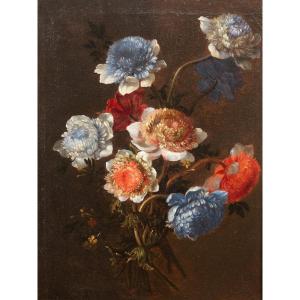













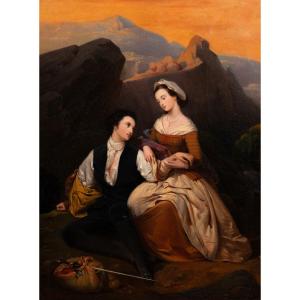
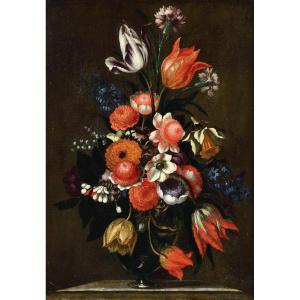

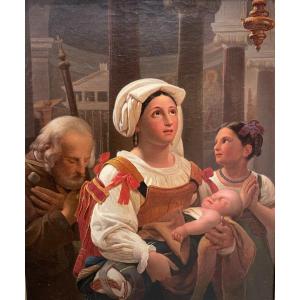
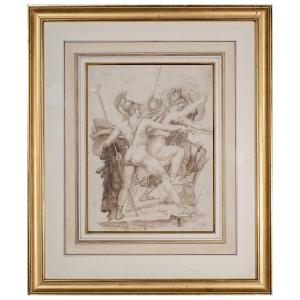


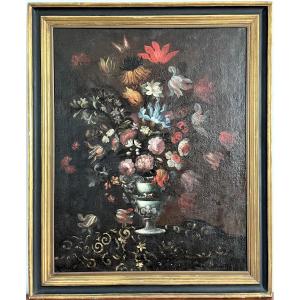

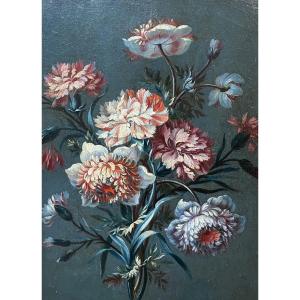



 Le Magazine de PROANTIC
Le Magazine de PROANTIC TRÉSORS Magazine
TRÉSORS Magazine Rivista Artiquariato
Rivista Artiquariato